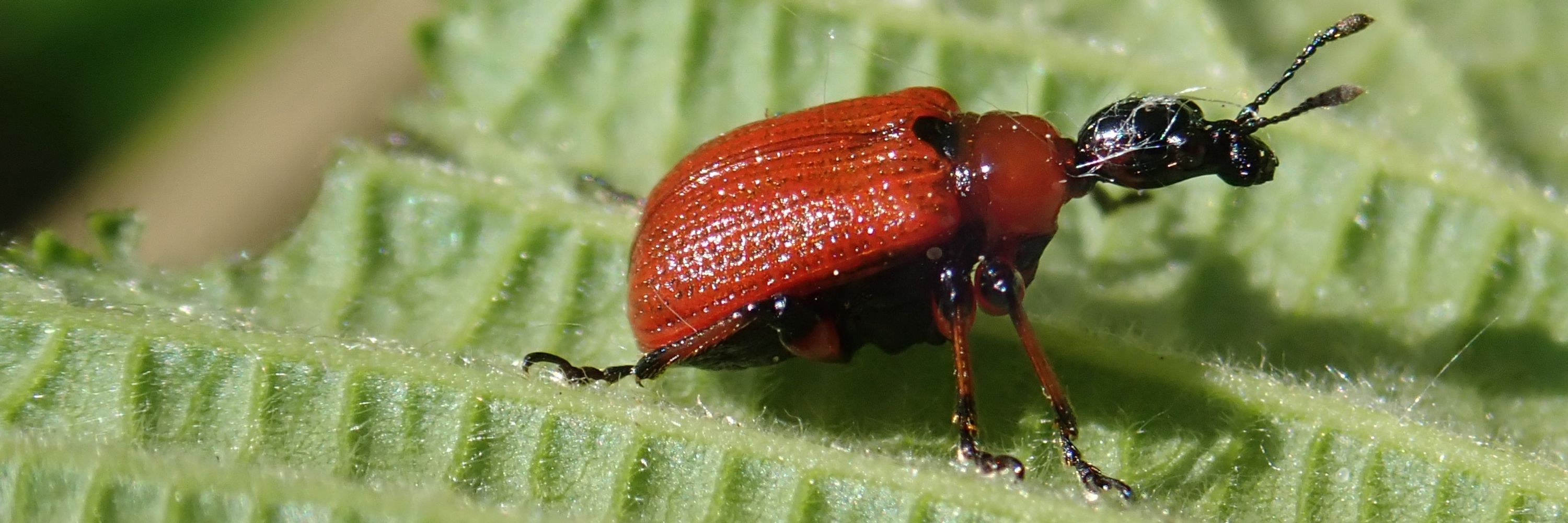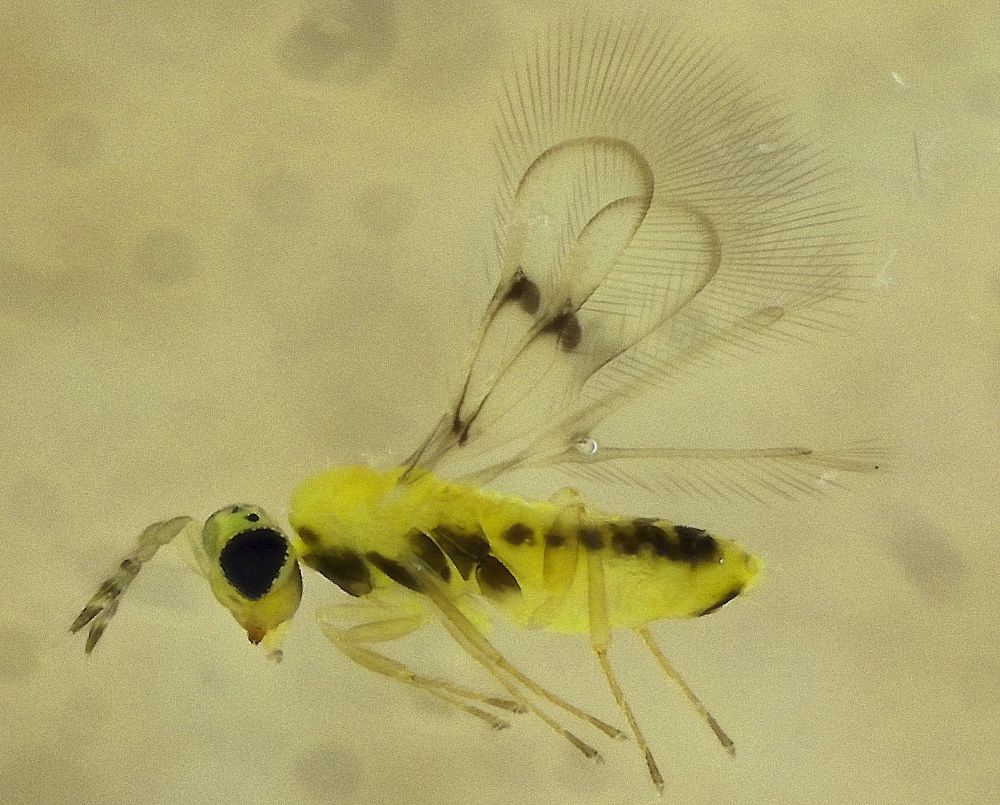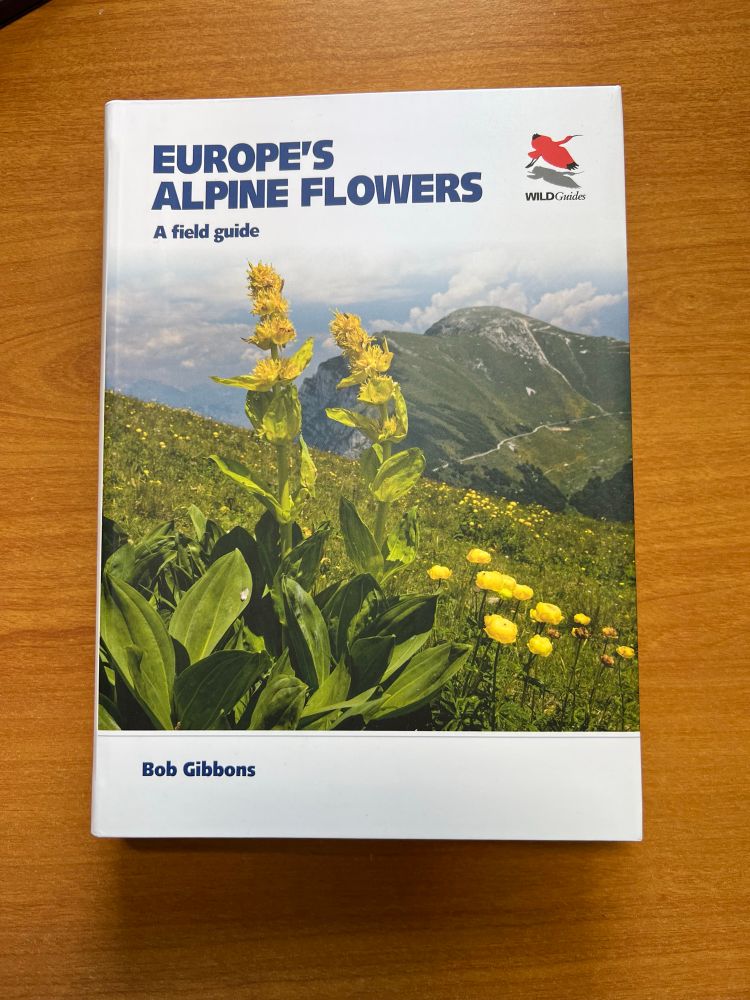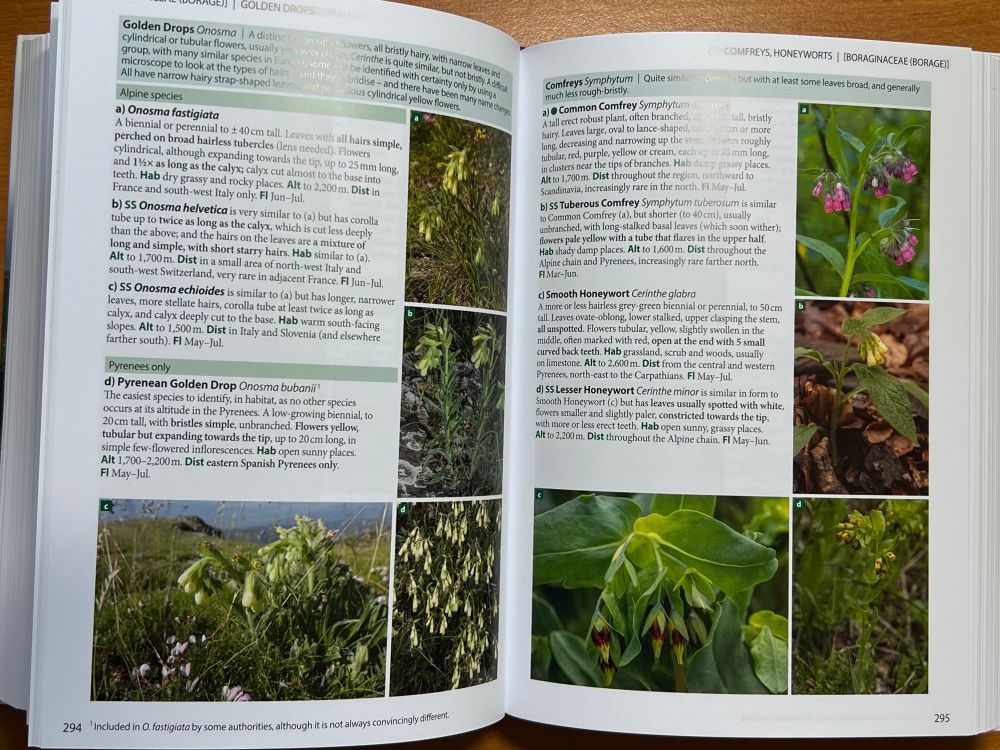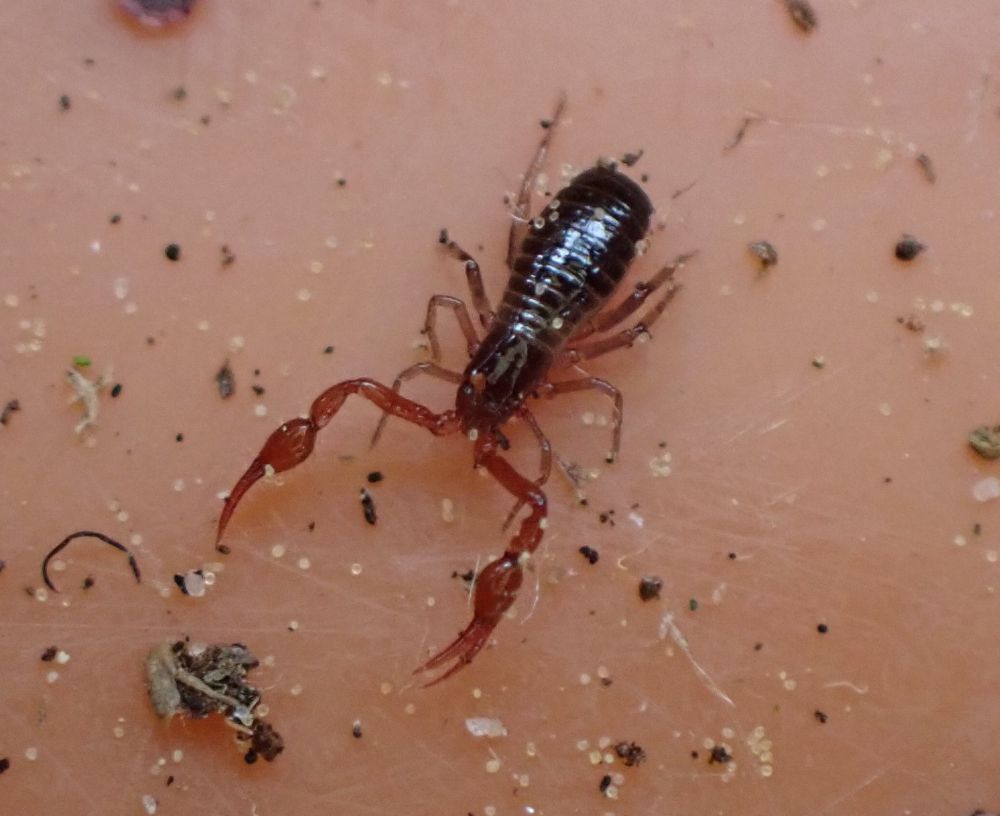Steph Skipp
@stephskipp.bsky.social
580 followers
370 following
63 posts
Entomologist - beetles 🐞 PhD in veteran tree invertebrates. Former NHM trainee & UEA Ecology student. Currently in freshwater ecology - views my own
Posts
Media
Videos
Starter Packs
Reposted by Steph Skipp
Steph Skipp
@stephskipp.bsky.social
· Aug 25
Steph Skipp
@stephskipp.bsky.social
· Aug 25
Steph Skipp
@stephskipp.bsky.social
· Aug 25
Reposted by Steph Skipp
Reposted by Steph Skipp
Steph Skipp
@stephskipp.bsky.social
· Jun 22
Steph Skipp
@stephskipp.bsky.social
· Jun 21
Reposted by Steph Skipp
Steph Skipp
@stephskipp.bsky.social
· Jun 21
Steph Skipp
@stephskipp.bsky.social
· May 14
Reposted by Steph Skipp
Reposted by Steph Skipp
Reposted by Steph Skipp
Reposted by Steph Skipp
Reposted by Steph Skipp
Reposted by Steph Skipp
Reposted by Steph Skipp
Reposted by Steph Skipp
Steph Skipp
@stephskipp.bsky.social
· Apr 7
Reposted by Steph Skipp
